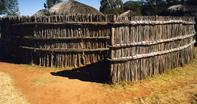The homesteads of rural communities in South Africa commonly include courtyards decorated in emulation of the mural designs found on the walls of their dwellings.
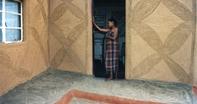
In some cases, interior walls are also painted in emulation of the dados and skirtings commonly found in Victorian and Edwardian homes.

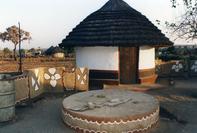
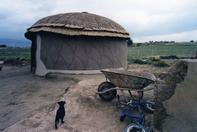
Historically Zulu-speaking communities lived in domed thatched dwellings. Today, their homesteads commonly have walls made either from mud bricks or a woven lattice of wooden strips covered in some combination of wet soil, clay, sand, animal dung and straw.
In emulation of the designs found on the homes of neighbouring Sotho-speaking communities, some of these dwellings are covered in patterns etched into the wet surface.
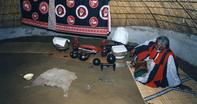
Despite the now almost universal tendency among rural Swazi and Zulu-speaking groups to use building materials similar to those favoured by other rural communities, some still build thatched beehive structures.
The thatch is usually stretched over a framework of pliable saplings once this framework has been embedded firmly into the ground. Alternatively, the thatch is built over a very low mud brick wall. The advantage of the latter building method is that it generally requires comparatively little maintenance.
